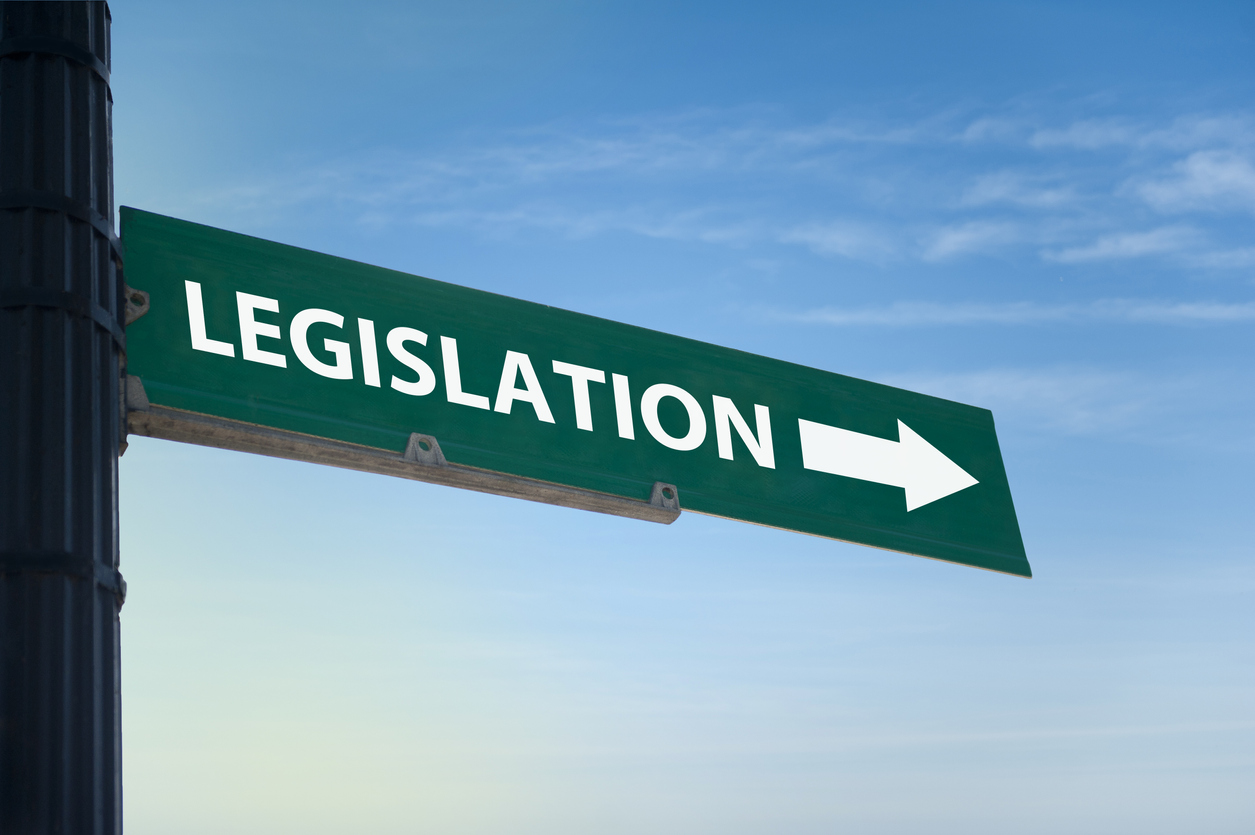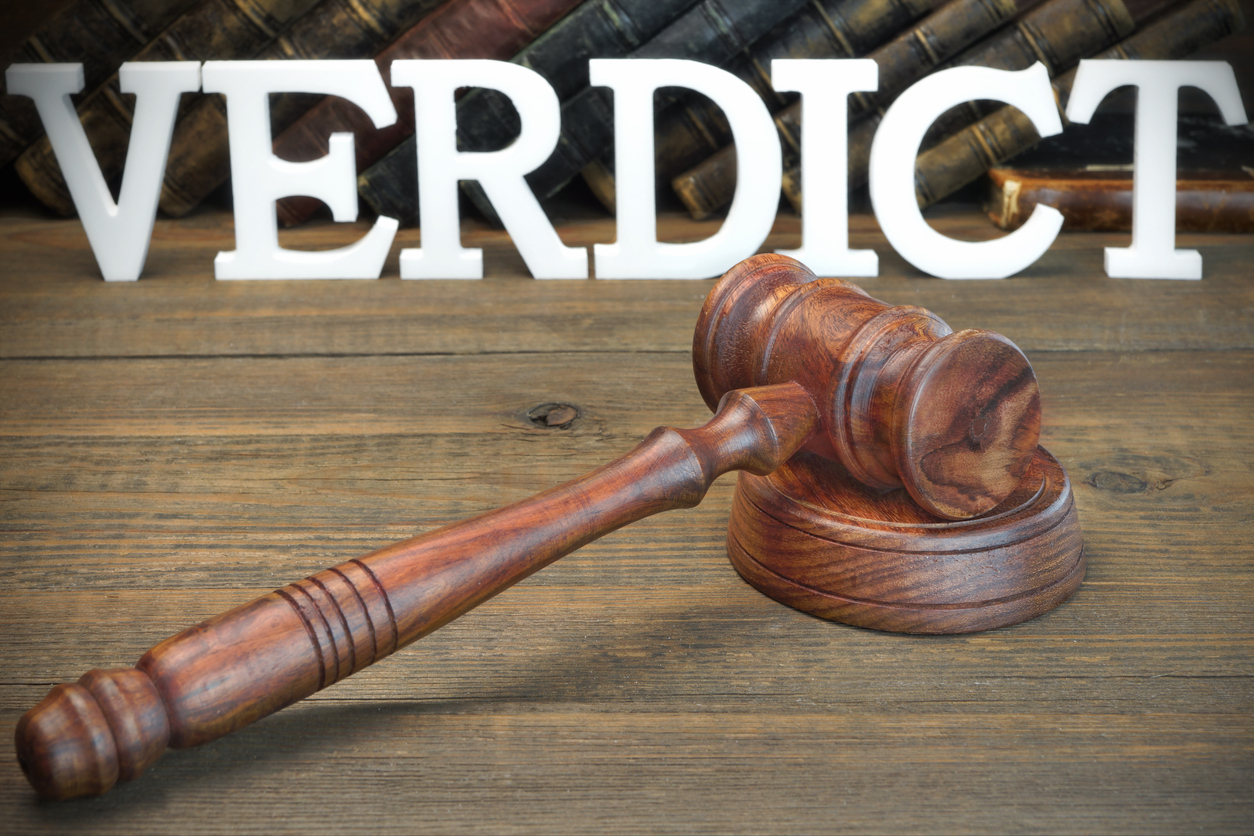The Colorado Division of Insurance got an earful from Colorado policyholders dealing with insurance claim problems at a virtual town hall meeting last night. The event, Insurance Town Hall – Partial Losses in the Boulder Fires & Straight Line Winds, had panelists discussing the issues of soot, ash, and char claims following the recent Marshall Fire. Insurance Commissioner Michael Conway was obviously frustrated hearing how Coloradans are being treated with their claims. He stated that “his blood pressure was going up” and that he intended to call Liberty Mutual and Travelers. The event was recorded and will be on the Division’s website.
Soot, ash, and char losses are significant. They are also very dangerous. A recent article, Boulder County Health Officials Strongly Discourage Residents From Disturbing Ash, Debris From Marshall Fire, warned:
Boulder County health officials are strongly discouraging people from disturbing ash and debris as they return to their homes or areas affected by the Marshall Fire to recover belongings.
Erroneous and potentially dangerous information is circulating from community organizations and businesses in Boulder County regarding the safety of disturbing ash and debris in an effort to recover belongings, and some organizations are offering equipment designed for sifting through ash, according to a news release from Boulder County Public Health.
BCPH recommends that residents do not attempt to remove debris or clean up properties that have been damaged or destroyed, and under no circumstance should residents disturb ash regardless of what personal protective equipment they have, the release said.
All ash contains small amounts of cancer-causing chemicals, the release said. Ash consists of ultrafine particles that can go deep into the lungs, where it can enter the bloodstream and damage internal organs. Even highly efficient respiratory protection such as N95 masks can allow small amounts of ash into lungs.
Even a FEMA Fact Sheet, After the Fire: Advice for Salvaging Damaged Family Treasures, warns about dangers from soot and ash following fires:
▪ Check for structural damage before re-entering your home to avoid being trapped in a building collapse.
▪ Never attempt to salvage belongings at the expense of your own safety.
▪ Wear protective clothing―disposable nitrile or latex gloves, safety goggles, protective clothing (long-sleeve
shirt, long pants, sturdy shoes or boots), and an N95 mask or face covering.
▪ Avoid breathing in or touching hazardous materials. Risks in fire-damaged areas can include particulates,
exposed asbestos, lead-containing building materials (such as glass and lead paint), and chemical
residues.
▪ If water has been used to put out the fire, mold may also be an issue and should not be inhaled.…
▪ Even though you will be sorely tempted, it is important to reduce the amount you handle or touch damaged
items. Soot’s very fine particles stick to everything, and every touch will grind it further into the item.
▪ Soot and ash are very abrasive and will further damage items through scratching.
After listening to the bizarre treatment many people are receiving from adjusters making up excuses not to pay and delay claims, my advice is for Colorado wildfire victims to hire qualified public insurance adjusters and seek legal advice about their rights. The Rocky Mountain Association of Public Insurance Adjusters (RAMPIA) membership list is an excellent place to start looking for professional adjustment help.
Our firm has experience with these claims which are very unique. In The Importance of Demonstrating that Damages Exist in Smoke Damage Insurance Claims, we noted:
In order to properly present a smoke damage claim, it is imperative to understand how smoke damage occurs. Wildfire smoke, often times coming from several miles away, can be carried into a home. There are multiple pathways for smoke to enter a home including vents, chimneys, and openings around windows and doors. A home that is affected by a wildfire evacuation is particularly at risk for smoke intrusion because the owners often leave at a moment’s notice due to safety reasons, potentially leaving windows open.
Wildfire smoke contains combustion by-products (‘CBP’), which are gases and small particles generated when materials burn. Wildfire particulate matter that can enter a home includes, ash, soot and char. Ash is the residue that is left when a substance is burned. Ash includes trees and vegetation but can also include building material or any other burned object. Char is a black carbon substance produced when a substance or material does not completely burn. It is darker than ash. Soot is also a black carbon substance produced when a material on fire does not completely combust. It is finer than char and will adhere to a home’s materials and property. CBP’s can cause damage to property and will often require specialized cleaning.
The best way to demonstrate the presence of CBPs in a home and on property is to test for their presence. Both surfaces and the air inside a building can be tested for CBPs. Testing should be performed, whenever possible, by a Certified Industrial Hygienist (‘CIH’). A CIH’s training and specialization includes air sampling and instrumentation, engineering controls/ventilation, health risk analysis, and toxicology. It is important for a CIH to locate and test in all areas of potential smoke entry. Insurers will often hire their own CIHs. These CIHs are typically required to perform mass testing after a wildfire, requiring the CIH to test multiple homes in an area in a short period of time. This predictably leads to sloppy testing and a failure to locate the areas of a home most at risk. We have also seen, on multiple occasions, an insurer’s CIH avoid testing areas of a home where the most CBPs are present. Thus, if you don’t retain your own CIH, a carrier will often use its CIH’s inadequate testing as a basis to that deny any smoke damage is present.
The Colorado regulators were adamant about insurance companies paying for this special testing. Obviously, the policyholders complained that the insurance company adjusters were refusing to pay for these tests. Many insurance company adjusters are keeping quiet about this dangerous issue—keeping this claims issue secret may result in a lowered claim payment.
This is a developing issue which will surely keep our Colorado office busy. Soot, ash, and char losses are not minor claims.
I also give Amy Bach, the Executive Director of United Policyholders, kudos for her presentation at this town hall meeting. United Policyholders is conducting an outreach, Disaster Recovery Help, to victims of the Marshall fire and providing important information about these claims.
Thought For The Day
We have to be cautious, we can’t let negativity spread like wildfire.
—Saswata Chatterjee




